Feb 06 – Feb 10
Written by: Alyssa Tang
Posted by: Qiwen Lei
This week, our team worked on improving the narrative experience for our users. We received valuable feedback from our instructors, which helped us make significant changes to our design.
UX Progress
We began by working on low-fidelity prototypes for our user interface and user experience. These prototypes allowed us to test different designs and user flows before committing to any one approach. One of the biggest changes we made was to create designated routes that included narrative stories for our users. This added an element of storytelling to the experience, making it more immersive and engaging. Additionally, we designated specific spots to avoid occlusion of AR models and allow users to swap through different time periods and the space they are in. We also replaced the camera with pictures for the virtual tour, making it easier for users to navigate and reducing the amount of text needed.

Art Progress
Our artist began working on creating 3D models for the experience. These included factories, trains, and other historical elements that would bring the experience to life. One of our biggest challenges was making sure that these models were historically accurate, which required extensive research and collaboration with our historical advisors.
Tech Progress
Our programmer worked on setting up GPS objects at designated spots and testing the rough model for the tech demo. We also discussed the possibility of having a fake bridge in the experience to add an element of surprise and excitement for users. Additionally, we aimed to have simultaneous starting for multiple people, making the experience more social and interactive.
Website
We updated our website with new content, including photos of the bridge as references for our art team. We also focused on the structure of our website, ensuring that users could easily navigate and find the information they needed.
Historical Accuracy
To ensure historical accuracy, we conducted research on where the trains used to pass when the concrete parts were lower. We also worked closely with our historical advisors to make sure that all elements of the experience were accurate and authentic.
User Experience Survey
As we worked on our prototypes, we also prepared for our user experience survey. We printed out surveys and had prototype photos ready for users to reference. This helped us gather valuable feedback on our UI/UX designs and make any necessary adjustments.

Our producers have made an important decision to adopt the Scrum method and agile development approach to guide our production process. This will enable us to break down our project into small, manageable tasks and work in short sprints. As a result, we’ll have a better understanding of our project’s progress and be able to adjust our approach as needed.
To put this into practice, we’ll be having two extra team meetings every week. During these meetings, we’ll plan for the upcoming sprint and discuss the tasks that each team member will be responsible for. This will help us stay on track and ensure that everyone is aware of their role in the project.
To keep our tasks organized, we’ll be creating user stories for each task and adding them to our backlog. This will give us a clear understanding of what needs to be done and help us prioritize tasks based on their importance.
As we move forward, we’re also getting ready for our midterm review. This will be an important checkpoint in our project, where we’ll be able to assess our progress and make any necessary adjustments. We’re confident that by adopting the Scrum method and agile development approach, we’ll be able to meet our project goals and deliver a successful experience to our users.
Overall, this week was productive and exciting as we made progress on several fronts. We look forward to continuing to work on our narrative experience and creating an engaging and historically accurate experience for our users.
